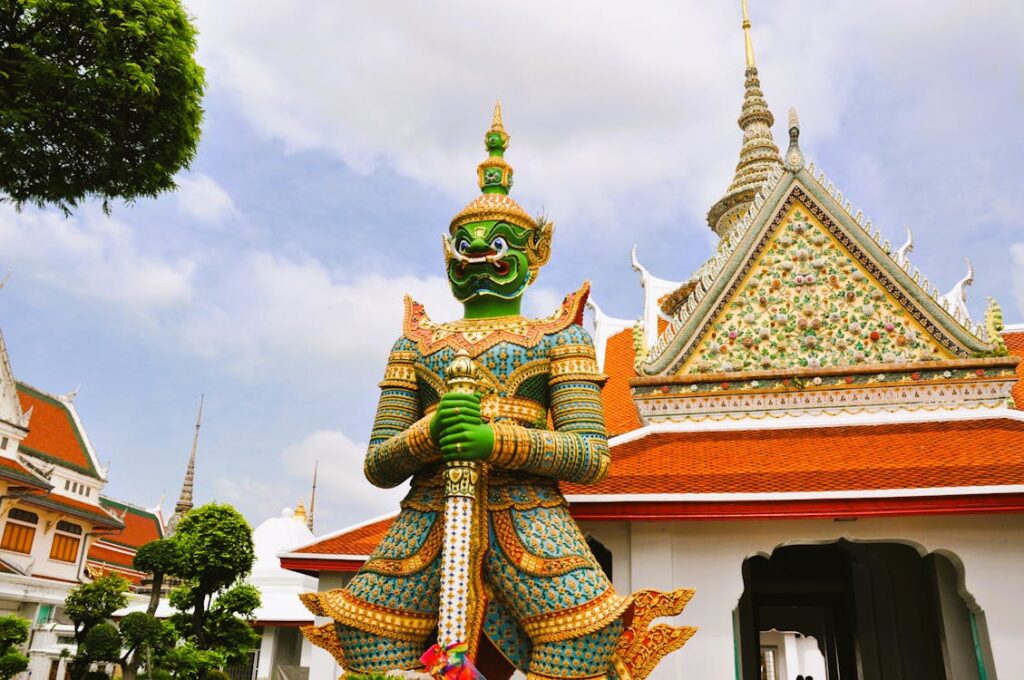Thailand, known for its stunning beaches, rich culture, and delicious cuisine, has a name that carries a significant history. Before it became “Thailand,” the country was referred to as “Siam.” This blog post delves into the origins of this name, its historical context, and the reasons behind the change.
The Origins of “Siam”

The name “Siam” is believed to have originated from the Sanskrit word “syam,” which means “dark” or “brown.” This term was used to describe the skin color of the local population and was noted in various historical texts. The name “Siam” first appeared in Western writings in the 16th century, particularly in the accounts of Portuguese traders who were among the first Europeans to engage with the kingdom.
Historically, Siam was a powerful kingdom in Southeast Asia, with a rich tapestry of culture and politics. The kingdom emerged from various city-states in the region, notably the Sukhothai and Ayutthaya kingdoms, which flourished from the 13th to the 18th centuries.
Transition to “Thailand”

The transition from “Siam” to “Thailand” occurred in the early 20th century. In 1932, a revolution led to the establishment of a constitutional monarchy, shifting the country towards modernization and reform. As part of this transformation, the leaders of the country sought to promote a sense of national identity that reflected unity and independence.
In 1939, under the leadership of Prime Minister Plaek Phibunsongkhram, the name “Thailand” was officially adopted. The name means “Land of the Free,” a fitting title for a nation that has never been colonized. This change was part of a broader nationalistic movement that aimed to strengthen the country’s identity and distance it from colonial influences. It also marked a shift towards a more modern nation-state, emphasizing Thai culture and the importance of unity among its people.
Reasons for the Change
Several reasons influenced the name change from Siam to Thailand:
- National Identity: As the country underwent political and social changes, there was a strong desire to establish a unique national identity. The name “Thailand” symbolized freedom and independence, resonating with the aspirations of its citizens.
- Modernization: The name change was part of broader efforts to modernize the country and its institutions. The leaders aimed to cultivate a national consciousness and unify the diverse ethnic groups within the kingdom.
- Political Influences: The rise of nationalism in the early 20th century played a significant role in this transition. Influential leaders wanted to move away from the old monarchy’s associations and promote a new vision of Thailand as a progressive and modern state.
Conclusion
The evolution from “Siam” to “Thailand” reflects a crucial period in the country’s history, marked by a quest for identity, freedom, and modernization. Understanding this transformation offers valuable insights into the cultural and historical complexities that shape contemporary Thailand.
For anyone interested in the rich history of Thailand, the name change serves as a reminder of the nation’s enduring spirit and resilience.
Sources
- Wyatt, David K. Thailand: A Short History. Yale University Press, 2003.
- Baker, Chris, and Pasuk Phongpaichit. A History of Thailand. Cambridge University Press, 2005.
- Reid, Anthony. A History of Southeast Asia: Critical Crossroads. Blackwell Publishing, 2000.
- Mazzarella, William. “Thailand: The Land of the Free.” Journal of Southeast Asian Studies, vol. 40, no. 1, 2009.

Comments